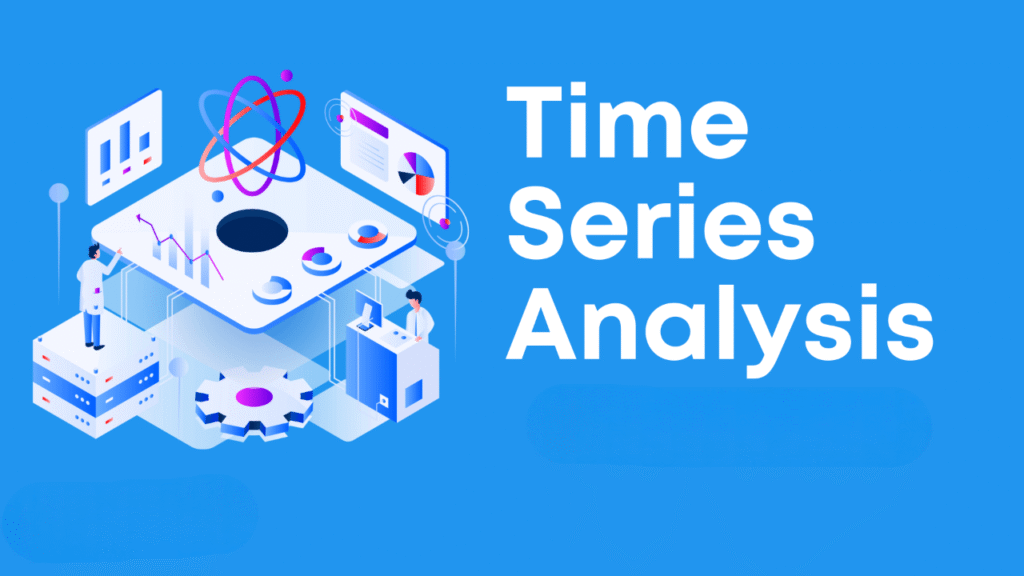
Workforce planning is one of the most strategic responsibilities of HR leaders, yet it remains a constant balancing act. Hiring too many employees can put pressure on budgets and reduce efficiency, while hiring too few can leave organizations understaffed and vulnerable to skills shortages. To overcome this challenge, many organizations are turning to time series analysis as a way to anticipate hiring cycles and plan more effectively. By analyzing historical workforce data, time series methods help organizations forecast trends, identify seasonal hiring peaks, and align recruitment strategies with business demands.
Why Anticipating Hiring Cycles Matters –
Hiring needs are rarely consistent throughout the year. Instead, they often follow cycles that reflect broader business patterns. Retailers typically expand their workforce before the holiday season, tech companies may need more talent around major product launches, and universities see spikes in recruitment ahead of new academic semesters. Without foresight into these cycles, organizations risk being unprepared—either scrambling to fill critical roles or carrying excess headcount during slow periods. By anticipating hiring cycles through data-driven forecasting, organizations can adopt a proactive approach, ensuring the right talent is available at the right time.
Understanding Time Series Analysis in Workforce Planning –
Time series analysis involves studying data points collected at regular intervals to uncover trends, seasonal effects, and recurring behaviors. In workforce planning, this often means examining historical records such as monthly hiring numbers, employee attrition rates, and seasonal recruitment trends. For example, analyzing patterns of past hires can reveal predictable cycles in demand for specific roles. More advanced models, such as ARIMA or Prophet, can then be used to project future hiring needs based on these observed patterns. This approach transforms workforce planning from guesswork into evidence-based decision-making.
Practical Applications in Workforce Planning –
One of the most direct applications of time series analysis in workforce planning is forecasting hiring demand. By examining historical hiring data, organizations can predict when new recruitment drives will be necessary and align resources accordingly. Another common use case is identifying seasonal trends, such as the increased need for customer support staff during year-end or tax specialists before filing season. Beyond recruitment, time series analysis also plays a role in managing attrition. Many organizations see predictable patterns of employee exits—for example, after annual bonus payouts. Forecasting these trends allows HR teams to prepare backfill strategies in advance. Furthermore, accurate forecasts support budget planning by ensuring HR departments allocate resources in line with actual workforce needs, avoiding unnecessary overspending.
Best Practices for Using Time Series in HR –
To successfully apply time series analysis in workforce planning, organizations need a few foundational practices. First, they must consolidate workforce data into a structured format, ensuring consistency in how hiring, attrition, and role data are recorded over time. Second, it is important to select the right forecasting models, whether simple moving averages for stable datasets or more advanced techniques like ARIMA for complex patterns. Including external data, such as labor market trends or economic indicators, can also enhance accuracy. Collaboration between HR, finance, and business operations teams ensures that forecasts are aligned with broader strategic goals. Finally, workforce forecasts should not be static—they need to be updated regularly as new data emerges, allowing businesses to stay agile in changing conditions.
Conclusion –
Time series analysis is proving to be a powerful tool in workforce planning, enabling organizations to anticipate hiring cycles with far greater accuracy. By identifying historical patterns and forecasting future trends, HR teams can move from a reactive approach to a proactive talent strategy. This not only optimizes recruitment and budget allocation but also strengthens workforce agility, ensuring organizations are ready to meet demand when it arises. In an increasingly competitive talent landscape, the ability to anticipate hiring needs ahead of time can provide a significant strategic advantage, turning workforce planning into a driver of long-term business success.

